Ugh…
That’s what most people think when it comes to starting a blog.
Today, most of the strain is borne by blog platforms, which we’ll get to later.
There’s so much to do when it comes to blogs: picking a parent topic (niche), picking subtopics to specialize in, choosing a catchy name, actually writing, etc.
But all those things are redundant if you haven’t figured out where you’re going to base it. Just like with a business, location is a deciding factor of success for a blog.
With over 100 spaces on the web, this begs the question: how to choose the best blogging platform today?
At the risk of oversimplification, here are some options to consider.
- Best platform for blogging overall: Medium
- Best blogging platform to make money: WordPress-based blog
- Best website builder for blog creation: Squarespace
- Best beginners platform (blogging for beginners): Blogger
Please note that the purpose of this article is not to tell you which platform to go with, but rather how to look for the platform that best suits your needs.
Things To Ask Yourself When Starting A Blog
1. Do I Know What I Want To Do?
Is your blog the outcropping of a hobby that you have, or is it something you plan to monetize?
Maybe you want it to supplement your online presence, or perhaps it will serve as your portfolio.
The point being, you need to be clear about what you want from your blog, because that tells you which functionalities you need from it.
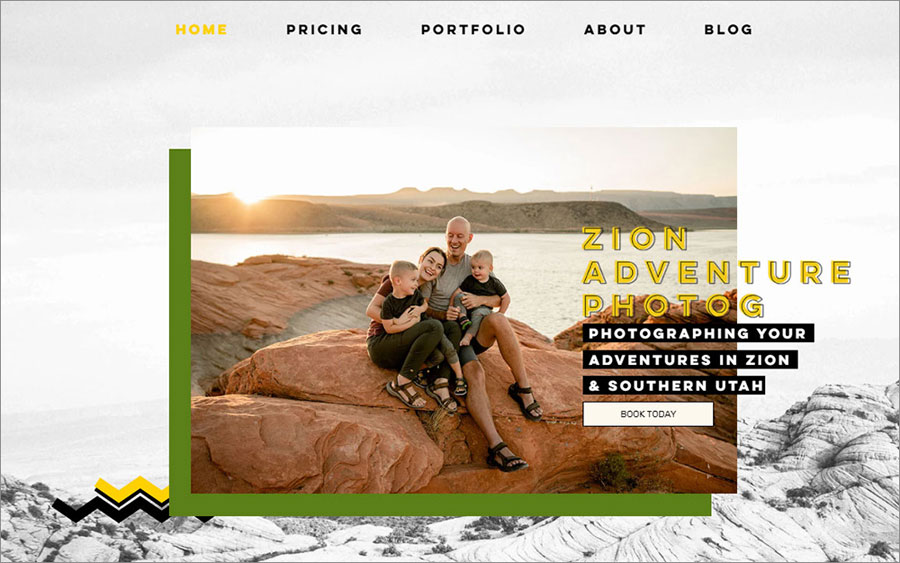
For example, there’s no point in having an online store on your portfolio blog (your work should speak for itself).
The key is in the question: do you know the basic topic of your blog? It doesn’t have to be anything massively specific — a general idea will do.
You don’t have to be absolutely specific with a topic either; branches related to your blog are often welcomed by the audience as sort of “relief” content.
Blogging is one activity where consistency is rewarded — so stick to your guns.
2. Who Am I Targeting?
The style, pace, theme, and even length of your pieces will vary greatly depending upon your target audience.
Beginner bloggers often respond to this question by enthusiastically saying, “Everyone! I want my content to be read by all and sundry!”
This is one of the biggest mistakes you can make when starting out.
If you have a clear idea of who you want to target, your reach will gradually increase over time (and keep increasing).
If you write only generic content, you may experience a boom of interactions, following which you will hit a (bulletproof) glass ceiling.
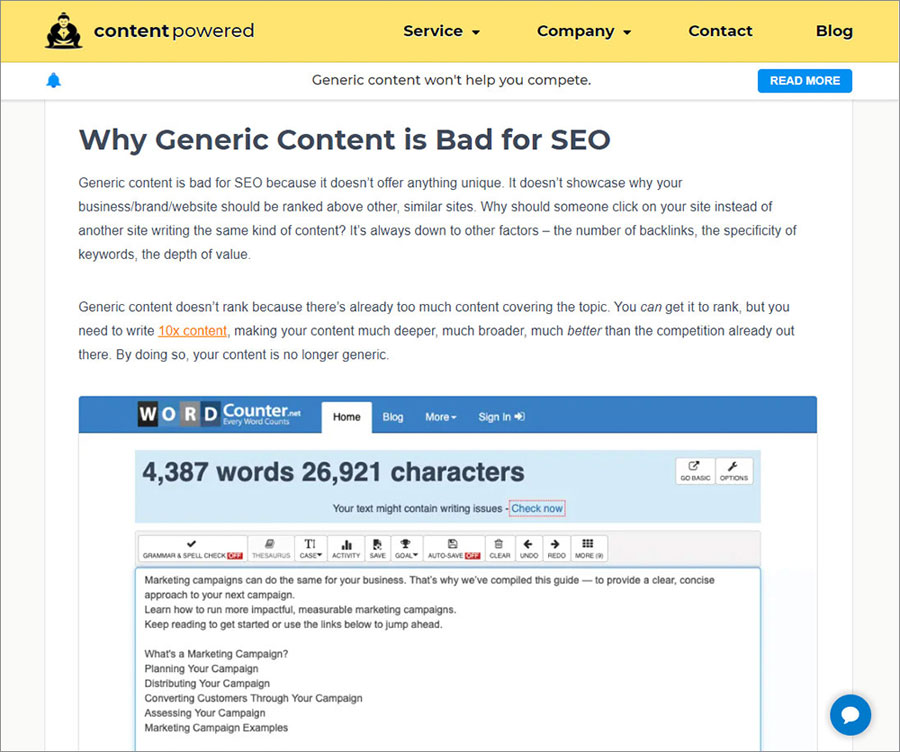
If your blog is geared towards a younger audience, your content will obviously be shorter and more entertaining.
If you’re targeting adults, you will also have to target a certain “sector”. Why? Because you cannot just say “my target is office workers”.
A more apt response would be to say “My target is middle-management office workers in the tech industry. My content will be geared towards productivity and how to boost workspace morale.”
3. Should I Prioritise Quantity Or Quality?
If you chose quantity, you’d need to set aside time each week to post/ manage content on your blog.
Without a strict operating schedule, your blog will fall victim to the “I’ll do it tomorrow” attitude — something extremely dangerous in the writing industry.
So which one should you choose? Put simply, quantity increases reach, but with certain caveats.
Prioritizing quantity increases reach substantially and may even up your search engine ranking, but the audience is a non-returning one.
Most of your website hits will be runoff from other sites with similar content.
Now, if your goal is to monetize your blog, this is excellent news because more visitors equals more ad clicks.
If, however, you are planning to use your blog as an online CV, portfolio, or other such venture, ALWAYS choose quality over quantity.
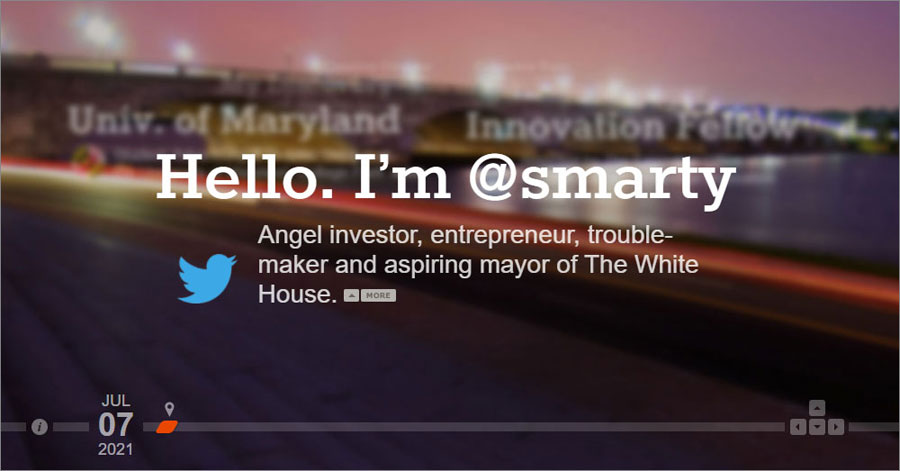
Also, remember that you want a “modular” platform. This means that your blog should be able to grow with you (translation: the ability to add on features when you want).
You may not have the technical know-how to start big, but once you get that knowledge, you certainly don’t want to be hindered by your blogging platform
What Are The Options Available?
So you’ve decided on the key starting points of your blog, and you are now looking to turn it into a reality.
There are three main options available for bloggers to consider today, each with its own pros and cons.
These options are:
- Social Macrosites
- Hosted Blogs
- Self-Hosted Blogs
Social Macrosites
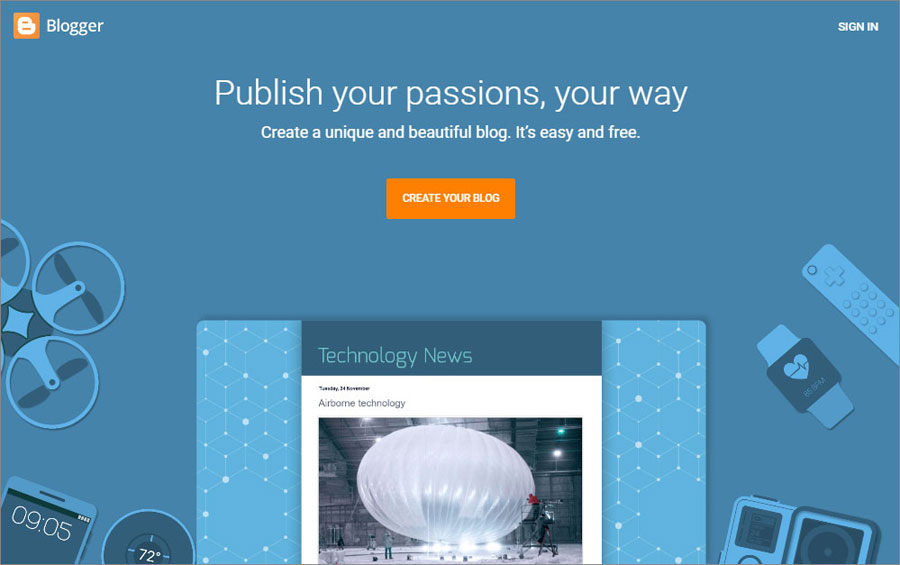
Cost: Free
These are a lot like social media: you sign up for an account, can “follow” other blog pages, other blogs can “follow” you back, and you can post content there.
These typically have a “feed” (homepage) where you can post content. This feed is shown on priority to those who choose to follow your blog.
Don’t worry though because other people can still see your blog as well unless your profile is set to “followers only’.
Pros
- Easiest To Set Up.
- Lots of automation: images, SEO, etc.
- Your audience already exists on the site.
- 100% free for the creator.
- No installation: you can focus on content.
Cons
- Little (if any) design flexibility.
- No “Transfer Site” feature is available.
- The audience belongs to the blog site.
Examples:
Hosted Blogs
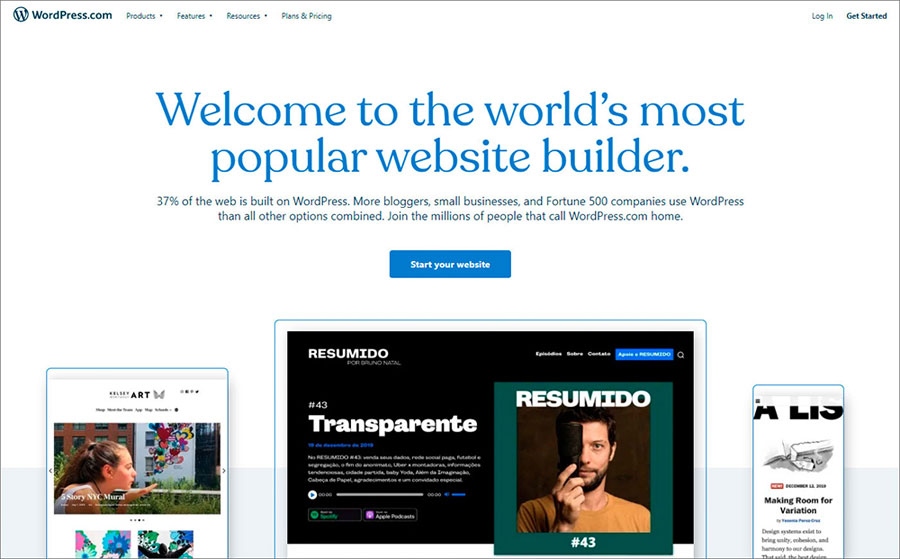
Price: $5 – $25 per month (when paid annually).
Don’t be put off by the price: most of these allow you to design and publish your site for free. You only need to pay to connect your own domain (website) name.
This is particularly handy for people who don’t have any experience (the blog website builder does all the heavy lifting) or those who don’t want to commit to a paid option immediately.
The backups, restores, SEO (search engine optimization), image placement, and backlinking are all handled by the host company.
Pros
- Easy to learn.
- No technical know-how needed.
- No site maintenance required.
- Multiple creators supported.
Cons
- Hard to master.
- No “Transfer Site” feature is available.
- If the host is hacked, your site is too.
- Free plans have host branding.
Examples:
- WordPress (.com)
- Squarespace
- Wix
Self-Hosted Blogs
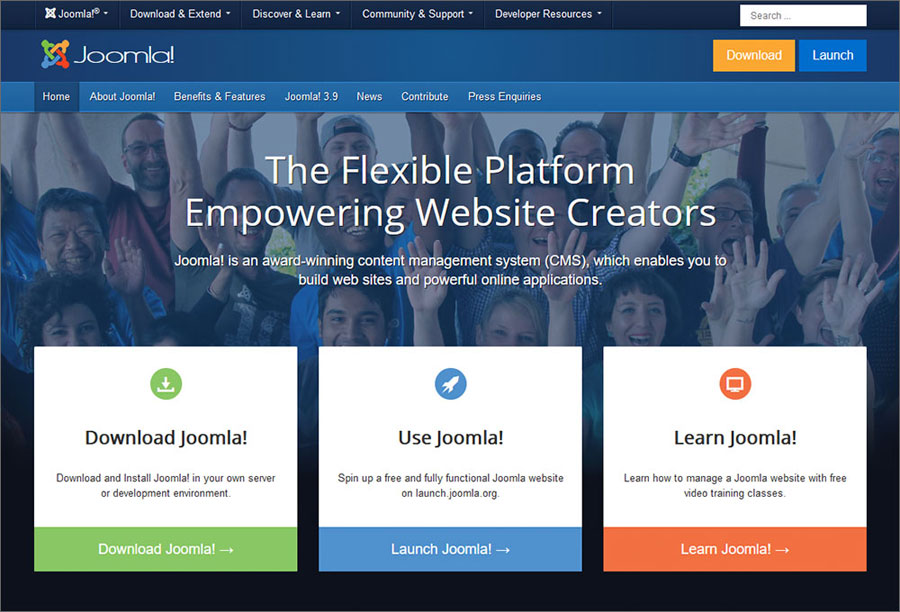
Price: Software free, but hosting paid.
This option is mainly targeted at those people who don’t want to pay for full-fledged hosting.
Self-hosting is much cheaper than hosting your full blog, but you need massive technical knowledge to master it.
If you choose to go for “partitioned” hosting, you can get web hosts for as low as $2/ month (when NOT paid yearly!).
However, backing up your blog is your own headache.
Pros
- Most affordable option.
- Easy to monetize.
- Can shift to other hosts when required.
- Portable (store the code where you want).
Cons
- Technical knowledge required.
- Heavy site maintenance needed.
- Domain purchase is your responsibility.
Examples:
Let’s face it: everyone has this “great” idea for a book/ blog/ movie/ business. Problem is, none of these people ever get around to making their thought a reality.
An interesting parallel that can be drawn is this scenario: a girl wants to be a doctor but is overwhelmed by the work that needs to be put in.
So she becomes an insurance adjuster and does very well. Now fortune dictates that if she had become a doctor, she would have found the cure to Alzheimer’s.
We’re not saying your blog will cure cancer, we’re saying that it’s worth the effort.






Leave A Comment